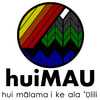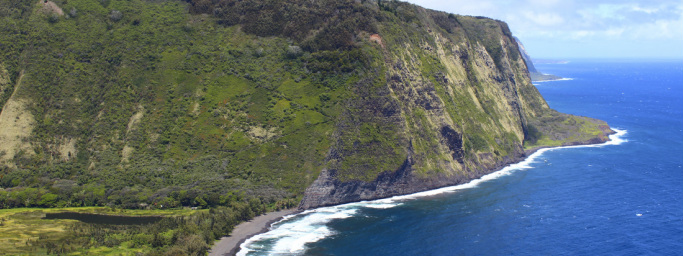A Moʻolelo for ʻUmi: A Famous Aliʻi of These Hawaiian Islands.
Continue Reading the Next Installment!
0 Comments
Leave a Reply. |
Archives
November 2015
Categories |
Mahalo for visiting our Hui Mālama i ke Ala ʻŪlili Website!
Hui Mālama i ke Ala ʻŪlili is a community-based nonprofit organization. Our mission is to re-establish the systems that sustain our community through educational initiatives and ʻāina-centered practices that cultivate abundance, regenerate responsibilities, and promote collective health and well-being.
Hui Mālama i ke Ala ʻŪlili is a community-based nonprofit organization. Our mission is to re-establish the systems that sustain our community through educational initiatives and ʻāina-centered practices that cultivate abundance, regenerate responsibilities, and promote collective health and well-being.



 RSS Feed
RSS Feed